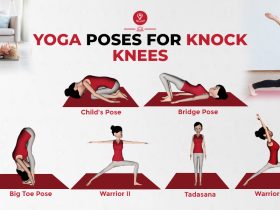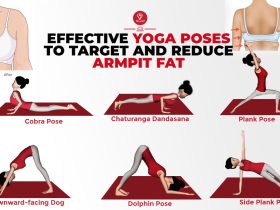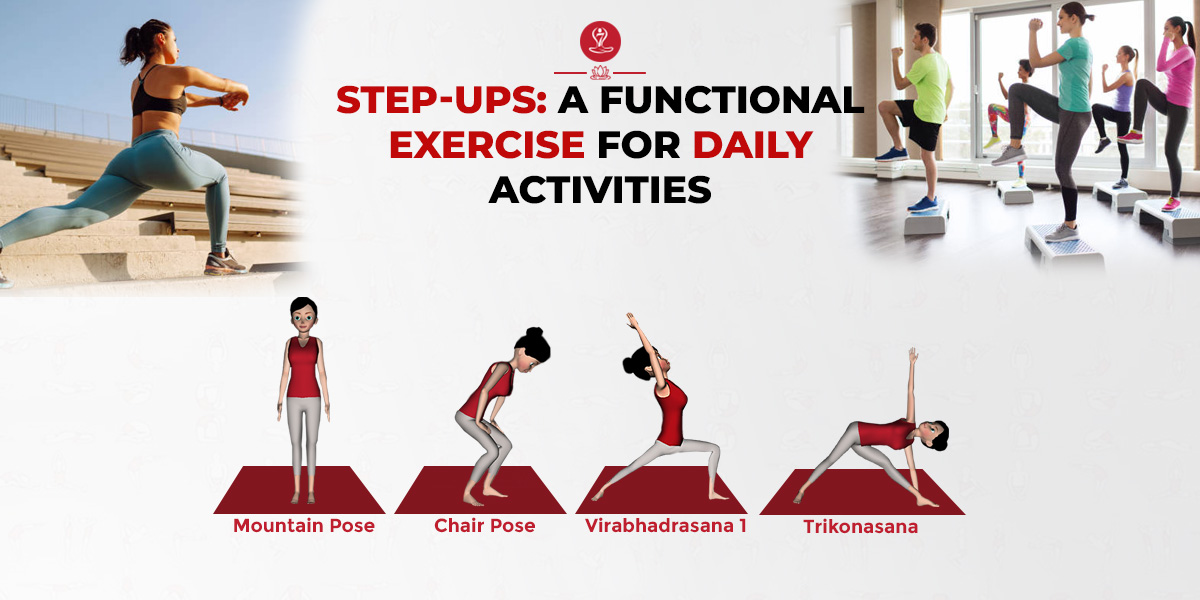
Only the distractions of the mind are called ‘Yogantaraya’. These arise from the distractions of the mind and disturb the mind and destroy its concentration, which is called Antarayas or the obstacles of yoga. They come in the path of yoga, so they are called Yoga-Antarayas.
These can prevent us from practicing yoga or living a life free of enormous strength to reach the goal.
These are the distractions that hinder our growth as spiritual beings or the problems on the path of self-realization. Maharishi Patanjali has elaborated them as ‘Antarayas’.
According to the Yoga Sutras, the number of distractions or Antarayas of the mind is nine – Vyadhi, Styana, Sanshaya, Pramada, Alasya, Avirati, Bhrantidarshan, Alabdha-Bhumikatva, and Anawasthitatwa. These are nine Antarayas only disturb the mind. Hence they are anti-Yoga which can be bred with obstacles, pitfalls, and detours. These Antarayas are also called stools of yoga.
Nine Antarayas
Patanjali has described nine obstacles of yoga. Yoga Sutras Adhyay 1 Shlok 30 describes the nine Antarayas, the primary and most common obstacles encountered in yoga. These can appear naturally in a person’s yoga path, many of which are very unusual.
9 obstacles of yoga are:
1. Vyadhi (Physical Illness)
That is, physical illness, is the first obstacle in the path of yoga.
Interruption/disruption in the natural state of the body due to which the daily routine of man; nocturnal; If there is a disorder in all these, it is called Vyadhi. If there is a disorder in the natural state of the body, that is a disease.
In yoga, the balance between Vata, Pitta, and Kapha is necessary to maintain physical health, if any one of these becomes more or less due to irritability or if there is the asymmetry in them, then they are called Doshas. The body remains healthy in an equal state of Vata, Pitta, and Kapha, and in their contrast the body becomes sick. And this creates disease in the body. Hence Vyadhi is antaraya for samadhi.
It is very difficult to do daily yoga if you are in physical pain or are tired. Because physical disease makes the mind feel more painful.
2. Styana (Mental Laziness)
That is, mental illness, being deranged from the mind, or lack of ability to hear, understand, and believe is Styana.
the inaction of the mind is called Styana. The desire to practice samadhi is there in the mind, but that power is not there in it.
Many times it happens that generally, you are fine, but as soon as you come to a meditation camp or yogic journey, you feel lethargy or unwilling to do physical or mental exercise, similarly, when you sit to meditate then the body Loses its enthusiasm, there is restlessness. This too is a kind of obstacle.
This state of mental laziness is sometimes called lethargy of the spirit.
3. Samshaya (Doubt or Indecision)
That is, it can happen and it can also happen. This type of knowledge is called doubt or doubt. This state of doubt presents itself in the life of the yogi.
Regarding yoga practice, when a yogi sometimes has Samshaya or doubts whether I will be able to practice yoga or not, whether I will get success, can I attain samadhi (Kaivalya), my hard work will not go in vain, then this doubtful knowledge of yoga becomes a disturbance. In a state of doubt, the yogi’s mind remains unbalanced, can force one to completely abandon the practice of yoga, and cannot do spiritual practice.
4. Pramada (Misplaced Priorities)
Knowing that something is terribly wrong, yet doing the same thing is Pramada or distraction or carelessness. You know it’s not good for you, yet you keep on doing it, that’s called madness. Similarly, you know very well that you have to do something and yet you do not do it.
Knowing that something is necessary, yet not doing it is Pramada.
Where a person is careless about his practice, or cannot prioritize his practice as something important and necessary, that is Pramada.
5. Alasya (Physical Laziness)
The fifth obstacle of the path of yoga is physical laziness or inertia.
The body feels heavy due to excess work and the mind feels heavy due to excess of Tamas. Due to the heavy body and mind, there is no tendency in the companions of Samadhi, this is the name of Alasya or laziness.
In Pramada you do nothing intentionally, but in Alasya or laziness, the inertia of the body does not allow you to do anything.
6. Avirati (Cravings to Satisfy the Senses)
To be trapped in any sense-object and not to come out of it is eternal. If you feel like seeing some beautiful natural scenery, then watch and finish. Always keep thinking about seeing something, then it is Avirati.
Avirati is said to be a great obstacle to yoga. As long as it remains constant, there can be no cessation of the attitudes of the mind. The craving arises from the enjoyment of word objects.
Avirati does not allow you to be focused, keeps on dragging the mind here and there.
7. Bhrantidarshana (Confusion about the Philosophy)
False knowledge is called Bhrantidarshan and is described as a misunderstanding of Yogic philosophy. The knowledge of the other thing in another object is false knowledge. When no one else talks of any value other than that person, it becomes a hindrance to Bhantidarshan Yoga. In Bhantidarshan, a person gets false knowledge.
8. Alabdhabhumikatva (Doubting progress & ability to succeed)
When a yogi gets a good grasp of the practice of yoga, he is in danger of doubting his progress. For this, it is important to be grounded, not lose sight of reality and accept the present reality.
9. Anavasthitatva (Inability to Maintain Stillness)
Even after attaining the last stage of yoga postures, the mind does not stay in it, that is, the release of samadhi only by realizing the goal is called Anavasthitatva.
Not being able to maintain an achievable state can be the result of poor practice.
RELATED ARTICLES
May 20, 2025
Kegel Exercises: Strengthen Your Pelvic Floor for Better Health
Kegel exercises strengthen the pelvic floor muscles, which support the uterus, bladder, small intestine and rectum. Strengthening these muscles improves[...]
Oct 06, 2024
Balance Your Body: Yoga Poses For Knock Knees (Genu Valgum)
Knock knees, or “genu valgum,” is a condition in which the knees touch each other while the ankles remain apart.[...]
Sep 20, 2024
Effective Yoga Poses to Target and Reduce Armpit Fat
Fat accumulation under the arms is a common problem for many women, which is often considered an important part of[...]
RECENT POSTS
Disclaimer
The content is purely informative and educational in nature and should not be construed as medical advice. Please use the content only in consultation with an appropriate certified medical or healthcare professional






